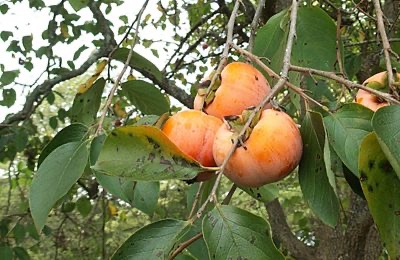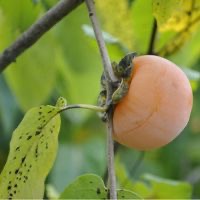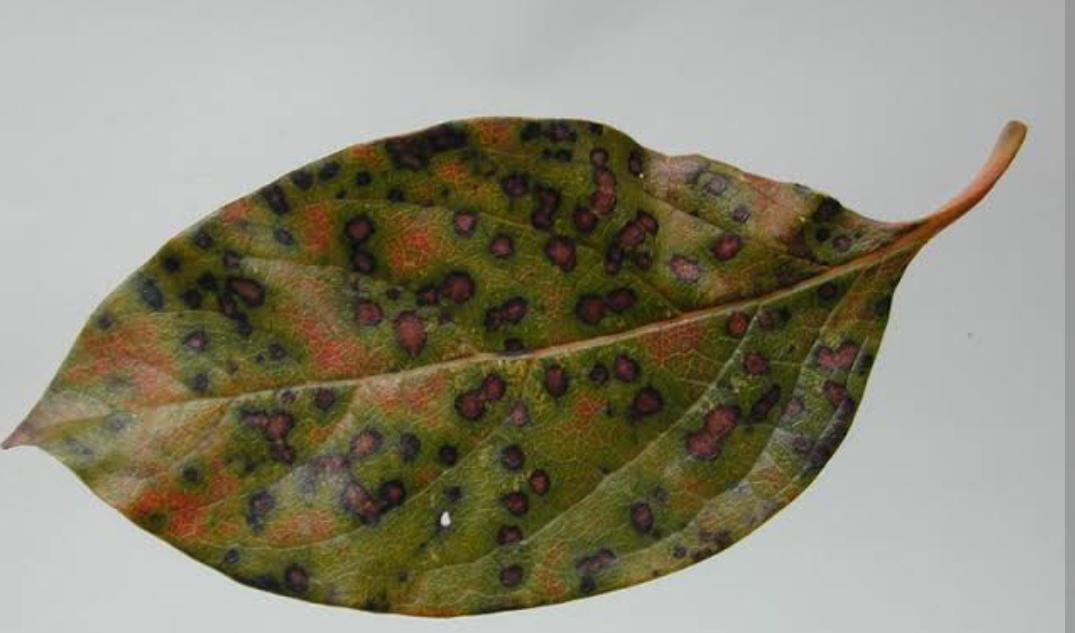Texas Persimmon
Texas persimmon trees, 10-20 feet tall in Zones 7-9, exhibit slow growth in well-drained soil and full sun. They produce small, edible persimmons and are valued for their adaptability to arid conditions.

Habit
Tree
Height
3 to 5 m
Growth
Slow
Soil
Well-drained, Sandy Loam
Shade
Full Sun
Moisture
Moderate
Edible
Yes
Medicinal
Yes
Origin
North America
Climatic Condition
Arid, Semi-arid
Temperature (°)
15°C to 25°C
Humidity (%)
50% to 60%
Potting media
50% Loam, 40% Sand, 10% Compost
Fertilizers
Organic Fertilizer
Watering
Regular watering
Plant Weight
5 to 10 kg
Flowering Time
Spring to Summer
Soil Ph level
6.0 to 7.0
Water Ph level
6.0 to 7.0
Soil EC
0.4 to 0.8 mS/cm
Yield Per Plant
20 to 30 kg per plant
NPK ratio
10:10:10
life Span
20 to 40 years
Health Benefits
Antioxidant, High in Tannins
Suggested Grow Media or Potting Mix ?
40% compost, 30% peat moss, 30% perlite
Suggested Fertigation/Fertilizers
Fertilize every 4 weeks with a balanced, water-soluble fertilizer.
Common Diseases and Remedies
Brown leaf spot
brown patches on the leaves
proper sanitation
HEALTH BENEFITS
1. Rich in antioxidants: Texas persimmon contains antioxidants that can help protect against oxidative stress and inflammation.
2. May help lower cholesterol: The fiber and antioxidants in Texas persimmon may help lower cholesterol levels and improve heart health.
3. May help regulate blood sugar: Texas persimmon's fiber and antioxidants may also help regulate blood sugar levels.
What is the Texas Persimmon?
Texas Persimmon Plant: The Texas persimmon (Diospyros texana) is a small deciduous tree native to Texas and parts of Oklahoma, New Mexico, and northern Mexico. It belongs to the beetle family and is known for its deep purple, almost black, sweet fruit.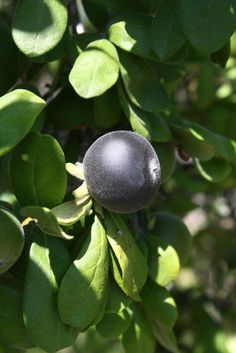
What Are The Different Types Of Texas Persimmon
Diospyros texana
Diospyros texana is a shrub/tree found in northern Mexico and central and central Texas. This tree is very common on the Edwards Plateau and is also common in the wild areas around Austin. This tree produces small black berries about a few centimeters in size. When the bark peels off, white, gray and even pink shades appear on the trunk. It grows quite slowly. Unfortunately, it is not compatible with American or Oriental persimmons.
Diospyrus virginiana
The eastern persimmon, Diospyrus virginiana, grows throughout the eastern United States, including much of the eastern third of Texas to the Colorado River. The most important culinary contribution of this wild oyster plant to our region is its excellent performance as a rootstock for grafting large Asian varieties (Diospyrus oysters).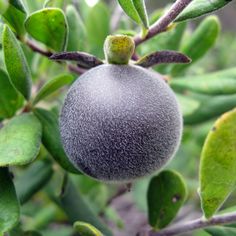
How To Care For Texas persimmon?
Location
Plant Texas persimmons in well-drained soil and full sun to partial shade.
Sunlight
Texas persimmon plants prefer full sun but will tolerate some shade, especially in hot climates.
Soil
Prefers well-drained sandy or loamy soils, but will tolerate many soil types, including clay, as long as drainage is adequate.
Hydration
Water young Texas persimmon plants regularly, especially during dry periods. However, once established, it is quite tolerant of drought and requires minimal watering.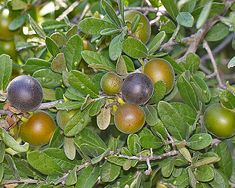
Nourishment
Texas persimmon plants usually do not require much additional fertilization when planted in fertile soil. However, you can apply a balanced fertilizer in early spring when growth appears slow or the leaves appear pale.
Issues
Texas persimmons are relatively easy to care for, but in poorly drained soils they can be susceptible to pests such as aphids and scale insects and diseases such as root rot. Regular examinations and appropriate treatment can help prevent and manage these problems.
What Are The Benefits Of Texas Persimmon ?
Edible fruit: Texas persimmon produces small, sweet fruits that can be eaten raw or used in jams, jellies, and baked goods.
Wildlife Attraction: Fruit attracts birds and wildlife and contributes to landscape biodiversity.
Drought Tolerant: Texas persimmon plants are highly tolerant of drought conditions once established, making them suitable for arid regions.
Ornamental Value: The tree's dark green foliage and dark purple berries add aesthetic appeal to gardens and landscapes.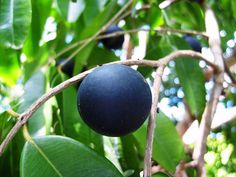
FAQs About Growing Texas Persimmons?
How long does it take for a Texas persimmon to bear fruit?
Texas persimmon trees typically begin producing fruit within 3 to 5 years of being planted, but it may take longer for the fruit to reach full maturity. It may take some time.
When is the best time to prune a Texas persimmon tree?
Pruning is best done in late winter or early spring, before new growth begins. Remove dead, damaged, and crossing branches and reshape the tree as needed.
Can Texas persimmon fruit be eaten while still hard?
Texas persimmon fruit is best enjoyed when fully ripe and soft, as it is very astringent while still hard. .
